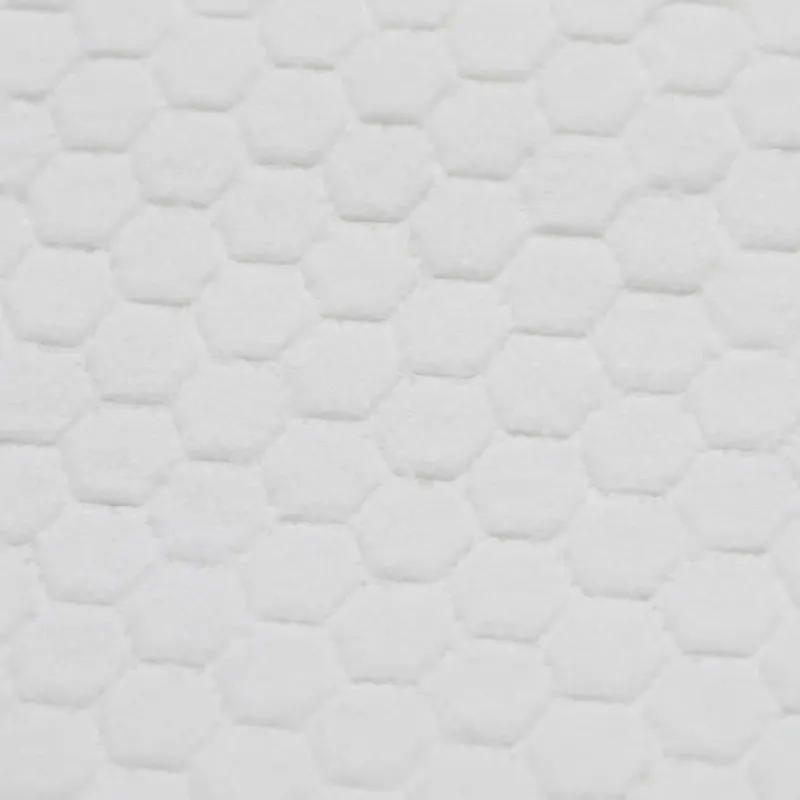
- Afrikaans
- Arabic
- Belarusian
- Bengali
- Czech
- Danish
- Dutch
- English
- Esperanto
- Estonian
- Finnish
- French
- German
- Greek
- Hindi
- Hungarian
- Icelandic
- Indonesian
- irish
- Italian
- Japanese
- kazakh
- Rwandese
- Korean
- Kyrgyz
- Lao
- Latin
- Latvian
- Malay
- Mongolian
- Myanmar
- Norwegian
- Persian
- Polish
- Portuguese
- Romanian
- Russian
- Serbian
- Spanish
- Swedish
- Tagalog
- Tajik
- Thai
- Turkish
- Turkmen
- Ukrainian
- Urdu
- Uighur
- Uzbek
- Vietnamese
artificial turf and dogs
Oct . 10, 2024 16:22 Back to list
Artificial Turf and Dogs A Comprehensive Look at Benefits and Concerns
Artificial turf has become a popular choice for pet owners looking to provide a safe, durable, and aesthetically pleasing environment for their dogs. With its numerous benefits, such as low maintenance, year-round usability, and reduced mud tracking into homes, synthetic grass is increasingly being installed in backyards, parks, and even dog parks. However, like any surface, artificial turf carries its own set of considerations specifically related to canine health and behavior. This article explores the advantages and potential concerns of using artificial turf for dogs.
Benefits of Artificial Turf for Dogs
1. Durability One of the primary reasons people choose artificial turf is its durability. Natural grass can wear out quickly, especially in high-traffic areas. Dogs running, digging, and using the bathroom can create patches and muddy spots on natural lawns. Artificial turf, however, withstands heavy use and remains intact, providing a consistent surface for dogs to play and relax on.
2. Easy Clean-Up Cleaning up after dogs can be a tedious task when dealing with natural grass. Feces can get buried in the grass, and urine can lead to unsightly brown patches. With artificial turf, waste can be easily picked up, and many surfaces are designed to drain urine effectively. This feature minimizes odor and bacterial growth, making it easier for pet owners to maintain a clean environment.
3. Allergies and Pests Allergies to pollen and other natural grass irritants can affect both dogs and their owners. Artificial turf eliminates these allergens, providing a safe space for dogs to play without the risk of allergic reactions. Additionally, synthetic grass is less likely to attract pests such as fleas and ticks, which can be a common problem with natural lawns.
4. Temperature Management Some pet owners worry about the heat generated by artificial turf in direct sunlight. However, many manufacturers offer cooler turf options designed to reflect heat and remain more comfortable for pets. Additionally, providing ample shade in the yard, whether from trees or structures, can help mitigate any heat concerns.
artificial turf and dogs

Potential Concerns with Artificial Turf
1. Injury Risk While artificial turf is generally safe, it can become slick when wet, leading to slips and falls. Pet owners should monitor their dogs to ensure they do not engage in overly aggressive play that could lead to injuries. Additionally, some studies suggest that artificial turf can be harder on dogs' joints compared to natural grass.
2. Heat Absorption One of the most significant concerns regarding artificial turf is its potential to become very hot during summer months. Dogs are susceptible to overheating, and surfaces like turf can reach high temperatures, making it uncomfortable or unsafe for them to walk or play on. Pet owners should always check the ground temperature before letting their dogs outside, and if it feels too hot for human feet, it's likely too hot for dogs as well.
3. Chemical Components Concerns have been raised about the chemicals used in the manufacturing of artificial turf, including the potential for heavy metals and other hazardous substances. It is crucial for pet owners to research and choose turf products from reputable manufacturers that provide transparency about their materials and any safety certifications.
4. Long-Term Maintenance While artificial turf is low maintenance, it still requires some care to keep it in optimal condition. Regular cleaning to remove debris, thorough rinsing after pet use, and occasional brushing may be needed to ensure the grass remains inviting for pets.
Conclusion
Artificial turf can provide numerous advantages for dogs and their owners, including cleanliness, durability, and a consistent playing surface. However, pet owners must remain vigilant about potential concerns such as heat management and injury risks. By selecting high-quality turf and maintaining it properly, pet parents can create a safe and fun environment for their furry friends. As with any significant change in a dog's environment, it's essential to observe the dog's behavior and health to ensure they are adapting well to their new synthetic playground. In the end, the right artificial turf can enhance the quality of life for both dogs and their owners, providing a beautiful and functional outdoor space.
-
The Benefits of Artificial Turf for Indoors
NewsJul.15,2025
-
How Artificial Grass Suppliers Ensure Quality Products
NewsJul.15,2025
-
Artificial Grass and Pets: A Space for Relaxation
NewsJul.08,2025
-
Balcony & Outdoor Decoration with Artificial Grass
NewsJul.08,2025
-
Best Indoor Artificial Grass for Home
NewsJul.07,2025
-
Best Pet Turf for Dogs: Safe & Durable Artificial Grass Options
NewsJul.07,2025
Products categories









